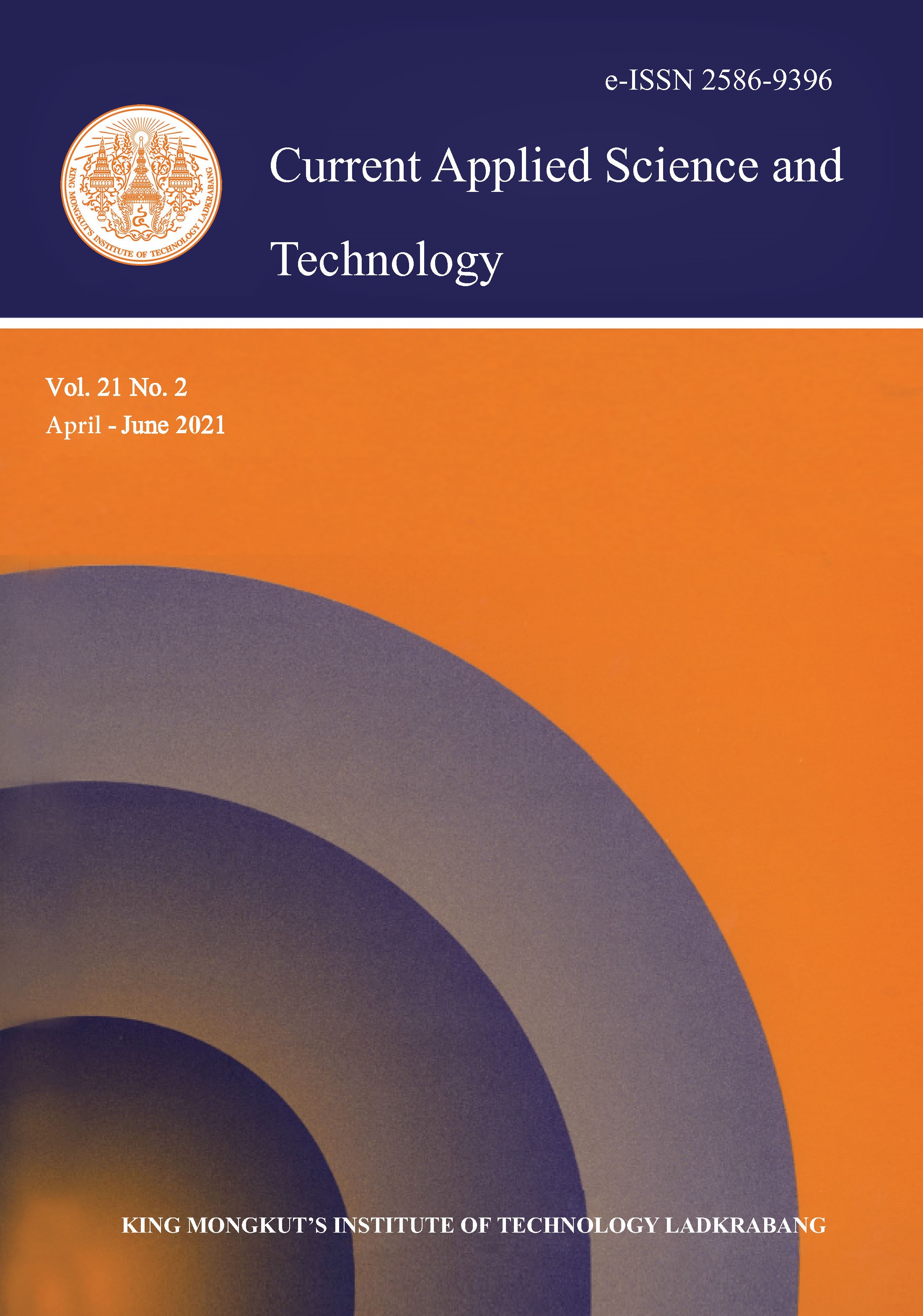Microalgae are promising resources for high-quality dietary supplements, pharmaceutical and biofuel production. This study attempted to improve the biomass of a microalga by cultivation in starch processing wastewater. A microalga identified as Chlorella sp. S2 by morphological criterion was isolated from the facultative pond of a noodle making plant. It was able to grow in the starch processing wastewater without addition of nutrients. To increase the biomass productivity of Chlorella sp. S2, inorganic nitrogen sources (NaNO3, NH4Cl and KNO3) were added into the starch processing wastewater. The optimum nitrogen source was potassium nitrate at 7.5 mM of nitrogen, which increased the number of Chlorella sp. S2 up to 1.41´107 cells/ml and the specific growth rate was 0.351 d-1. Under sunlight, the microalga Chlorella sp. S2 also produced high biomass concentration (2.23±0.04 g/l). It means that microalgal cultivation using starch processing wastewater is a great process to produce biomass. In addition, it is able to reduce organic carbon in the wastewater and reduce cost.
Keywords: microalgae; Chlorella; cultivation; starch processing wastewater; biomass production
Corresponding author: Tel.: (+66) 866395551
E-mail: siripornyos@hotmail.com
Yossan*, S. undefined. ., & Kitcha, W. undefined. . (2020). Improvement in Biomass Production of a Microalga Chlorella sp. S2 Using Starch Processing Wastewater . CURRENT APPLIED SCIENCE AND TECHNOLOGY, 383-392.
